- Out-of-Stock
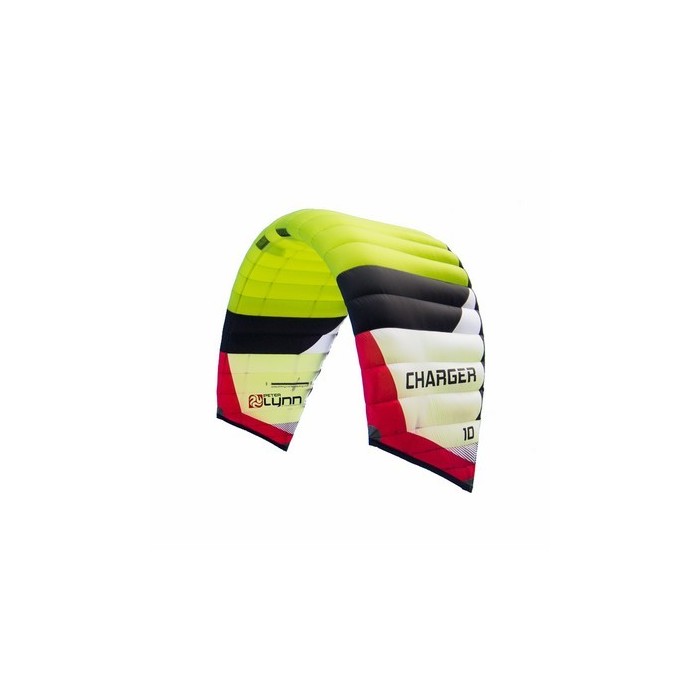



We have everything for kiting. If you dont find what you you need please contact us.
If you are a professional customer, please contact us for volume discounts.

 All HQ Sport Kites in one table - just to make the comparison easier
All HQ Sport Kites in one table - just to make the comparison easier
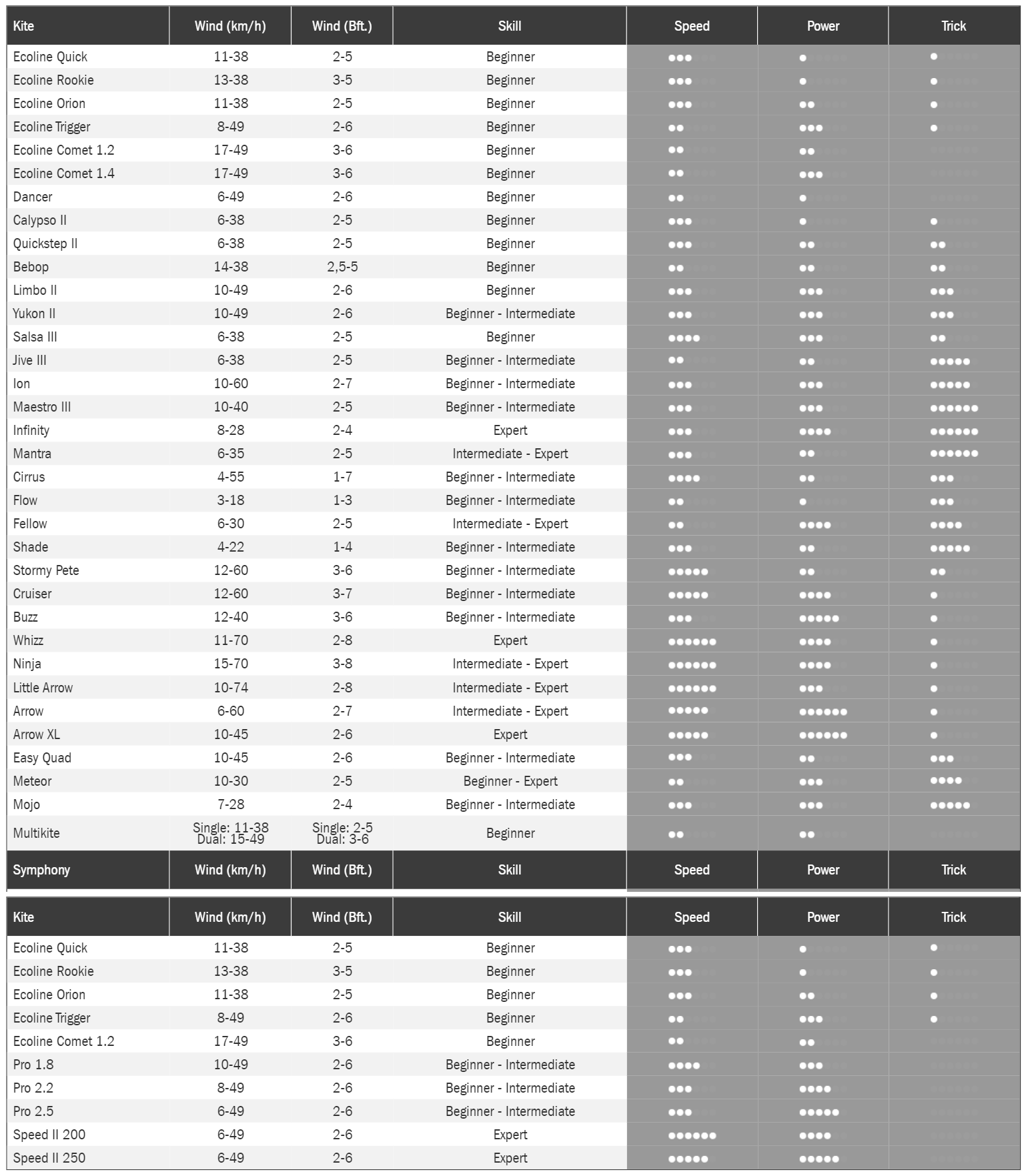
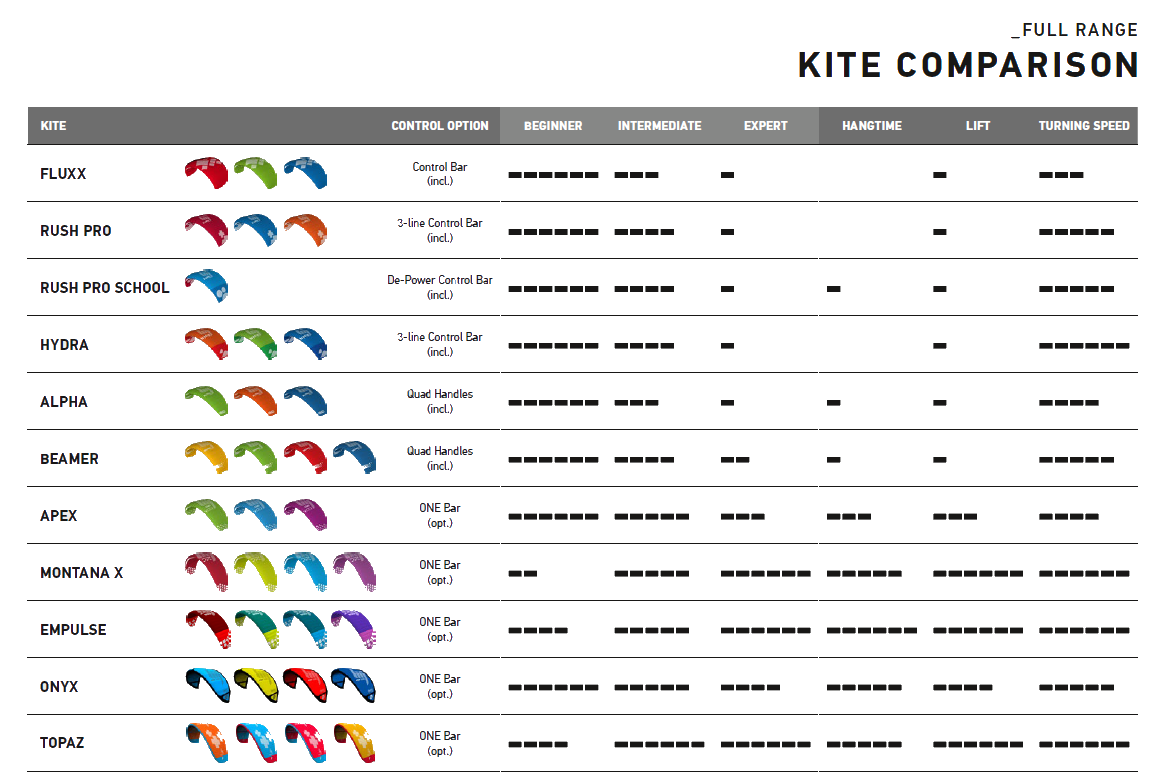
With the lark's head knot, you can easily attach your flying line to the bridle of your kite.
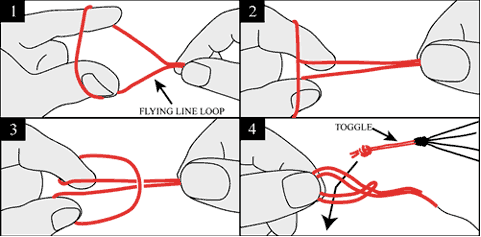

The Beaufort scale was long in use as a system for estimating wind speeds. It was introduced in 1805 by Admiral Sir Francis Beaufort (1774-1857) of the British navy to describe wind effects on a fully rigged man-of-war sailing vessel, and it was later extended to include descriptions of effects on land features as well.
| Bft | Sourroundings | Wind | Knots | km/h | mph | m/s |
|---|---|---|---|---|---|---|
| 0 | Smoke rises vertically and the see is mirror smooth | calm | 0 | 0 | 0 | 0 |
| 1 | Smokes moves slightly with breeze and shows direction of wind | light air | 1-3 | 1-5 | 1-3 | <2 |
| 2 | You can feel wind on your face and hear the leaves start to rustle | light breeze | 4-6 | 6-11 | 4-7 | 2-3 |
| 3 | Smoke will move horizontally and small branches start to sway. Wind extends a light flag | gentle breeze | 7-10 | 12-19 | 8-12 | 4-5 |
| 4 | Loose dust or sand on the ground will move and larger branches will sway, loose paper blows around, and fairly frequent whitecaps occur | moderate breeze | 11-16 | 20-28 | 13-18 | 6-7 |
| 5 | Surface waves form on water and small trees sway | fresh breeze | 17-21 | 29-38 | 19-24 | 8-10 |
| 6 | Trees begin to bend with the force of the wind and causes whistling in telephone wires and some spray on the sea surface | strong breeze | 22-27 | 39-49 | 25-31 | 11-13 |
| 7 | large trees sway | moderate gale | 28-33 | 50-61 | 32-38 | 14-16 |
| 8 | twigs break from trees, and long streaks of foam appear on the ocean | fresh gale | 34-40 | 62-74 | 39-46 | 17-20 |
| 9 | branches break from trees | strong gale | 41-47 | 75-88 | 47-55 | 21-24 |
| 10 | weak trees are uprooted, and the sea takes on a white appearance | whole galem | 48-55 | 89-102 | 56-64 | 25-28 |
| 11 | widespread damage | storm | 56-63 | 103-117 | 65-73 | 29-32 |
| 12 | structural damage on land and storm waves at sea | hurricane | >46 | >118 | >74 | >33 |
| kite discipline | Top line strength | Brake line strenght |
|---|---|---|
| sport/trick flying | 25 - 110Kg | - |
| powerkiting | 170 - 210Kg | 75 -110Kg |
| kite buggying | 170 - 300Kg | 75 - 110Kg |
| landboarding/snowkiting | 300 - 375Kg | 300 - 375Kg |
| kiteboarding | 300 - 500Kg | 300 - 375Kg |
Which line strength you should use depends on a number of factors. Ideally one would use multiple line-sets for the same kite for different wind speeds to get the best possible performance. You can imagine that a 2m 4-line foilkite flies great in 20 knots on 200kg steering lines, but fly that same kite with the same lines in 10 knots and you will notice that the lines sag, making steering less responsive.
Even pilot skill and riding style comes in to play when we look at buggy racers, smooth technical racers will use 200 to 250kg steering lines where heavier and/or more aggressive racers will use 300kg lines or even stronger.
Generally high winds and/or heavier pilots require stronger lines.
Line lenght is very much preferential, the rule of thumb is: Shorter lines make steering more direct with the sacrifice of low end performance and long lines give the kite a better low end at the sacrifice of kite responsiveness.
Dyneema® is without a doubt the best possible line to use for kiting, however there are a few things to look out for when using Dyneema® lines;
Knots - Dyneema® handles knots poorly, this is why the lines have sleeves at the ends where the knots are, the sleeves are there to protect the line itself.
As an example: put a knot in a 200kg line and you will cut its breaking strength in half and under tension the line will break right at the knot.
Melting - In comparison to other kite flying lines such as Nylon, Dacron or Aramid/Kevlar, Dyneema's melting point/temperature is lower so if you ever tangle your 4-line powerkite with a single line kids kite (which are generally flown on Nylon lines) chances are you'll lose.






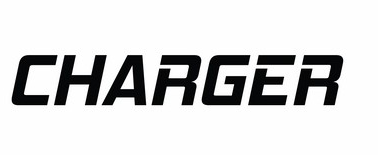
This latest Arc stays true to its core identity; it is built for passionate kite flyers who enjoy the elegant flow that only a true old school kite can offer.
Never change a winning formula: this new version of the Charger embodies all the best aspects of the series. High wind stability, gust absorption, powerful boosts, smooth landings, proper bar pressure and superior longevity.
The Charger is designed to work in most conditions, its unbeaten stability makes it highly reliable and its shape and flexibility provide comfort even in unsteady winds.


Secure payments

 24h shipping
24h shipping
Warehouses in NL/DE/PT


Customer satisfaction policies
To celebrate nearly 2 decades of ARC/Twinskin history, Peter Lynn Kiteboarding introduces the Charger V3. The only foilkite design on the market dedicated to offering accessible, ‘no bridle no hassle’ performance to water, land and snow based kite boarders.
This latest Arc stays true to its core identity; it is built for passionate kite flyers who enjoy the elegant flow that only a true old school kite can offer.
With the first Twinskin/ARC kites hitting the water before the turn of the century, Peter Lynn was amongst the earliest pioneers of the sport. With renowned names such as the S-ARC, Phantom, Bomba, Vortex and Venom the Peter Lynn Twinskin designs have remained innovative since the early days of kiteboarding.
By consistently standing out and staying true to our belief that ‘simplicity works best’, the latest kite once again offers all the benefits of the design. No pump, 4-lines, a small package, easy to set-up and pack down. Hit the beach, roll out your kite and start your session without having to leave anything behind.
The success of the Twinskin design is determined by the smooth way it delivers powerful performance. Whether you love to pull big kiteloops or simply enjoy a freeride session with high boosting jumps and floaty landings, the Charger delivers.
The Chargers C-shape is beautifully balanced because there are no heavy parts, this is reflected in the kites superior stability in all conditions and of course the famous ‘auto zenith’. The flexibility of the wing absorbs gusts allowing you to have a comfortable ride even in uncomfortable conditions. The high-end performance is phenomenal, the Charger never gives you an unsafe feeling and keeps its outstanding performing. Its windrange is unequalled in its kind. For the third generation Charger it was used a new fabric which is lighter and smoother, this results in a significant reduction of overall weight and better low end performance.
Born out of the love for kite flying in its purest form, Twinskin kites are designed to provide excellent performance in all disciplines: Kiteboarding, landboarding and snowkiting. This makes the Charger the ultimate all-round, all discipline and all conditions weapon for riders who won’t limit themselves to style or terrain.
Never change a winning formula: this new version of the Charger embodies all the best aspects of the series. High wind stability, gust absorption, powerful boosts, smooth landings, proper bar pressure and superior longevity.
The Charger is designed to work in most conditions, its unbeaten stability makes it highly reliable and its shape and flexibility provide comfort even in unsteady winds.
ARC/Twinskin technology, the art of flying since 1999.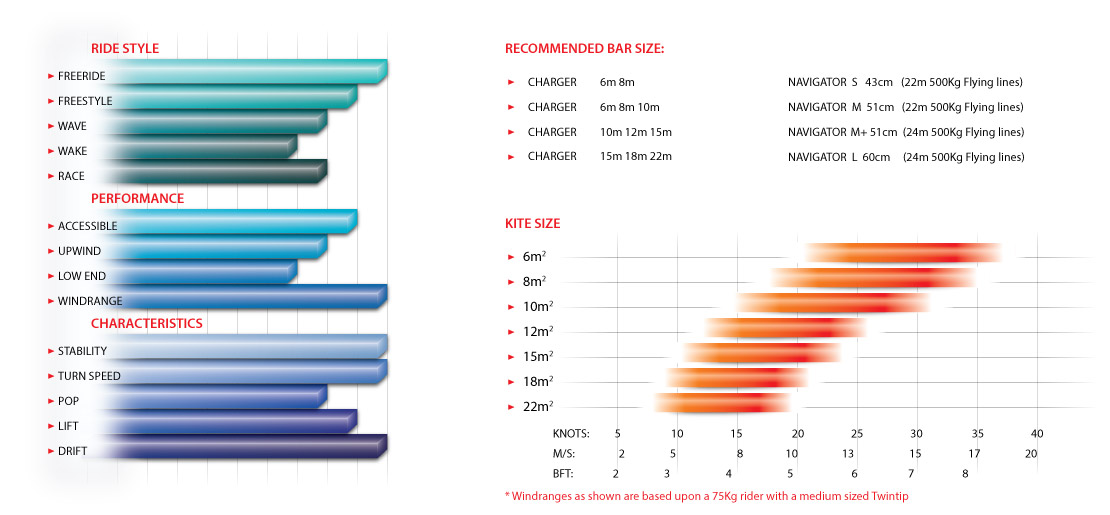
MAIN FEATURES
Auto Zenith
One truly unique Twinskin feature is auto zenith. This means that when you do not provide steering input, or when you let go of the bar completely, the kite will automatically park itself in the top of the wind window.
Steering adjusters
Allowing you to set the steering behaviour of the kite to your personal preference. The straps inside the tips can easily be tightened or loosened to increase/decrease turning speed and flying speed to suit your personal riding style.
Double Air intakes
For fast inflation and quick re-launch. The air intakes allow air to flow in, and the valves behind the intakes prevent air from getting out. The double air intakes with airlock valves on the Charger allow the air to get in with ease while preventing it from getting out. This increases the overall internal pressure of the kite for added performance and quicker re-launch.
Variable Power Control
For an increased wind range, easier control, personal feel on the bar and smooth power build-up. The VPC system can easily be adjusted to set the bar pressure to your personal liking. All pulleys are completely detachable so you can replace them after long term wear.
Variable Medium Aspect Ratio
The aspect ratio for the 6m, 8m, 10m, and 12m ensures performance and a high flying speed while remaining stabile and quick through turns for most of the riders. The aspect ratio of the 15m, 18m and 22m is higher to ensure the same quick turns in light winds, which suits the stronger and heavier kiters and is the solution for low wind days.
Velcro Launch assistant tags
The launch assistants on each tip hold your flying lines in place and out of tangles when launching, so you can easily launch the kite by yourself.
Dirt channel & Velcro dirt-outs
Sand, snow and dirt and other unwanted sea life can easily be removed from the kite by using the Velcro dirt-outs in the wingtips. The dirt can move towards the tips via the Dirt channel along the trailing edge.
Central flight adjuster
Allowing you to adjust the ‘feel and power’ of the kite. The centre strap helps you set the power and flying behaviour to your personal liking. Adjust the kite to your style rather than your style to the kite.

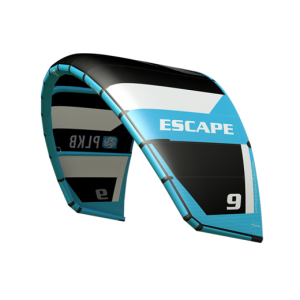
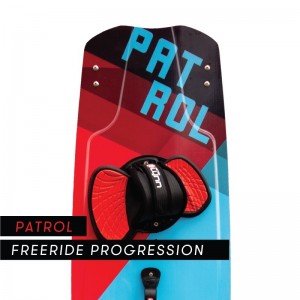
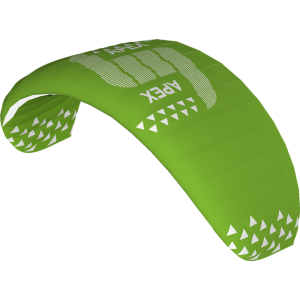


This latest Arc stays true to its core identity; it is built for passionate kite flyers who enjoy the elegant flow that only a true old school kite can offer.
Never change a winning formula: this new version of the Charger embodies all the best aspects of the series. High wind stability, gust absorption, powerful boosts, smooth landings, proper bar pressure and superior longevity.
The Charger is designed to work in most conditions, its unbeaten stability makes it highly reliable and its shape and flexibility provide comfort even in unsteady winds.

